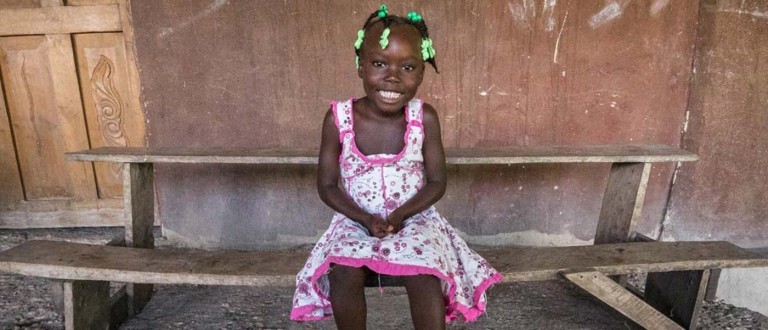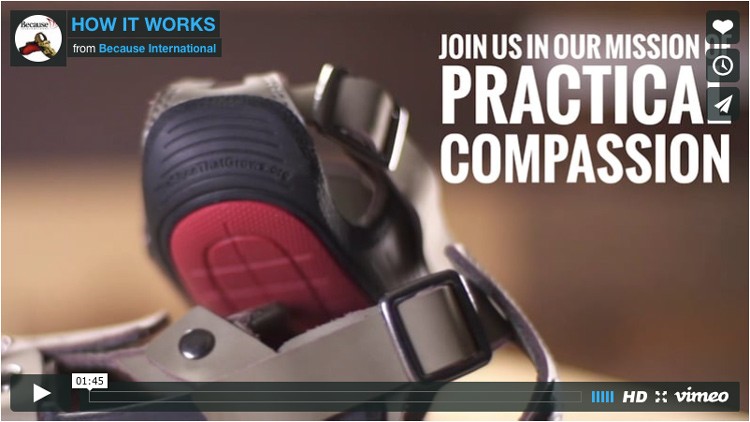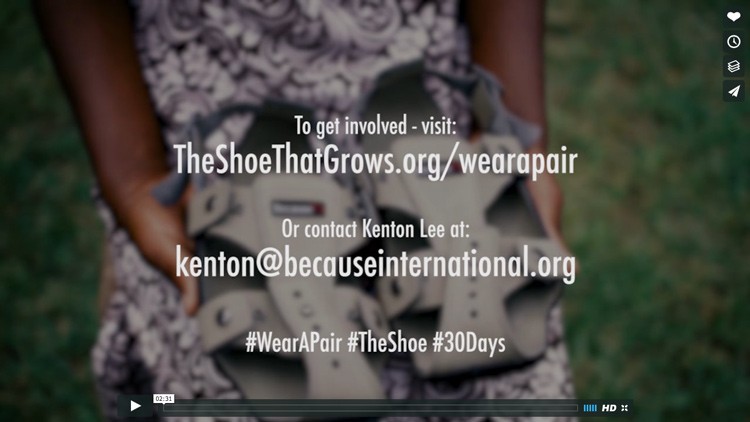Shoe Design That Saves Lives
An Unlikely Example of How Great Design Thinking is Helping Thousands of the World’s Poorest Children
The “Shoe that Grows” is a brilliantly simple idea of a shoe design for durable children’s shoes that expand as their feet grow, ensuring well-fitting shoes throughout childhood.
While it has relevance in the West, it’s aimed at the 300 million poorer children around the world who don’t have shoes, and so suffer from soil-transmitted diseases and parasites.
It’s an inspirational story of a man who wanted to make a difference, and is doing so.
But another fascinating aspect for us is how much great design thinking there is to learn from this story – not just the shoe design, but design of the business that goes with it.
Founder Kenton Lee is the first to acknowledge that he’s not a shoe design expert, product engineer or business guru. But he understands what his “customer” needs, and is passionate about delivering it.
In doing so, Kenton has demonstrated many of the best practices we read in business books, from product innovation and lean principles to creativity in distribution.
In 2 short years his company has brought a great product to market (helped by crowdfunding), blown initial goals of how many shoes they sent out by at least ten-fold, has expanded geographically, and is now looking to set up local manufacturing.
And in doing so, they have made a positive difference to the health and lives of thousands of children across the world.
What is “The Shoe That Grows” About?
The Problem for Children Without Shoes – Health
Many of us are familiar with children’s feet quickly outgrowing their shoes, but usually see it as a problem of comfort, cost and inconvenience. What’s less relevant to most is the health impact of wearing no or too-small shoes.
There are around 300 million children around the world who don’t own a pair of shoes, or whose feet physically can’t fit into their shoes.
Apart from discomfort and injuries, there are a series of health risks related to transmission of disease through dirt, or parasites in the dirt. In poorer countries, simple cuts to feet are also more significant, because of the more serious consequences of infection, and the lesser likelihood of early, effective treatment. Figures vary, but estimates suggest these cause tens of thousands of child deaths and millions of cases of child sickness every year.
Kenton Lee’s “Lightbulb Moment”
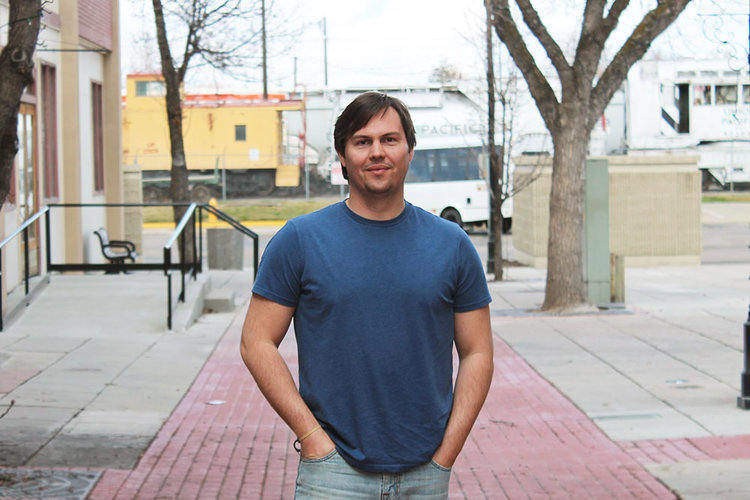
Kenton Lee
Kenton Lee is someone with direct experience of the issues he is telling others about. He speaks with the authority and authenticity of someone who has spent real time in the places he speaks of, working in orphanages in South America and Africa.
You may have heard about the day in Nairobi when Kenton noticed a girl in a white dress walking next to him. Her shoes were so small that the fronts had been cut open for her toes to stick out. Looking around, him Kenton realised many others were the same.
One issue was simply too few shoes being provided with other aid like food and clothing. Another was that even when children received or were bought shoes, they outgrew them within a year or less.
As with so many good ideas, Kenton first asked the right question (“Why do so many kids have shoes that don’t fit?”). But he saw it from a different perspective to others, and so found a different answer.
His difference was focusing on why the shoes don’t fit, rather than why there weren’t enough. So instead of the traditional answer of raising more money for shoes, the moment sparked the powerful thought, “Wouldn’t it be nice if there was a shoe that could adjust and expand”.
The idea has become a shoe design, a product, an organisation to make and distribute them, and most recently a home to bring more such ideas to reality.
A Different Kind of Shoe Design Challenge
The Shoe That Grows is a shoe design to meet a social need, as well as a functional one. In other words, if it were amazingly adjustable, technically sound and beautifully made, it would only have achieved part of the need. For Kenton, declaring victory is about each pair of feet protected, so he had to make sure his product was suited to the environment, cost-effective to produce and practical to distribute.
Compared to normal shoe design, this is quite a different mindset. If you’ve seen our article on “What Are Shoes For?”, you’ll know that shoe designers can be driven by incredibly diverse needs. These might range from the legendary comfort of Dansko to the stunning artistry of Peter Popps, the art disguised as shoes of Denise Nielsen and George Worthington or the technological magic of United Nude.
Kenton’s shoe design challenge was different. How it looked and adjusted was an important part of the brief, but if success is measured by the number of children with better protected feet, more was needed.

A Shoes That Grow fan in Haiti
Unique and Unconventional User Needs
In Kenton’s case, the overarching need was to be adjustable to cope with growing children’s feet. But it quickly became clear there were other equally important shoe design factors, such as the harsh conditions the shoes would experience and the relatively basic facilities and materials available for repairs.
Beyond the usability and durability of the shoe, non-functional factors would also influence the shoe design heavily. For example, the dependence on charitable donations to pay for the shoes would affect acceptable cost, and the need to ship shoes to places like Africa meant weight would affect shipping costs.
The net result was 3 core requirements, shaping a shoe design brief unlike any previously created:
- They needed to be adjustable, so that over 5 years of growth, they could adapt to new foot size/shape and still fit properly.
- They needed to be durable enough that they wouldn’t wear within 5 years in harsh conditions, or require expensive parts or tools for repair any damage.
- They needed to be light and compact for transportation, because there would almost certainly be long distance shipping involved.
Kenton's first challenge was not about shoe design, but find a shoe design expert up to the task.
Great Entrepreneurs Make Their Own Luck – Enter Gary Pitman
Successful business leaders often surround themselves by great people, and aren't threatened by working with those who know more than they do. Kenton knew he needed someone who knew about shoes, and would be able to see things his way - and set out to find them.
His first approach was to give the idea away to a shoe company, but none was interested. But in the process of trying and failing, Kenton met a guy (near home), who knew a guy (in Portland), who knew a guy (in France), who knew a guy (in Vancouver WA).

Gary Pitman
The last of these guys was Gary Pitman, a man with a lifetime’s experience of shoe design with names like Adidas, Nike and Columbia. Gary had deep experience of footwear prototype design, manufacturing processes and footwear technology.
Gary is CEO of footwear consultancy Proof of Concept, helping turn footwear concepts into manufacturable reality. He's a big reason the shoes reached children’s feet.
Gary was the last guy in a long chain, and it was Kenton’s tenacity and hard work that got them together. Luck maybe, but not fortune of the idle.
Technology Matters, The User Matters More
Gary told the Portland Business Journal about the time Kenton asked him if the shoe was possible. He’d never come across anything like this, but replied “We’ll brainstorm and come up with a way of doing it.”
Using 3D technology, they created prototypes that met the core need of adjustability, and then made up 100 pairs of the most promising design.

These consisted of a compressed rubber sole attached to a leather upper, both heavy duty for durability. They adjusted in three ways, with snaps on the side for width, a buckle to fit the heel properly and snaps on the top of an innovative double-sided front that let the sole “unroll” forward to increase the shoe length. The video below shows how the Shoe That Grows works in practice.
Kenton then spent time in Africa, literally road-testing them with the children who needed them. Over the following weeks the shoes were given the thumbs-up by the children - comfortable, adjustable, durable and repairable. Gary also managed to make them light and portable.
I’ve done a lot of shoe products. This is one I feel like is giving back and making a difference in the world.
The Shoe Doesn’t Solve the Problem (by itself)
We’ve touched on the weight and portability of the shoes because they’re critical to getting shoes on children’s feet. No matter how adjustable the shoes, if they were excessively expensive to ship, the number of feet saved would be reduced.
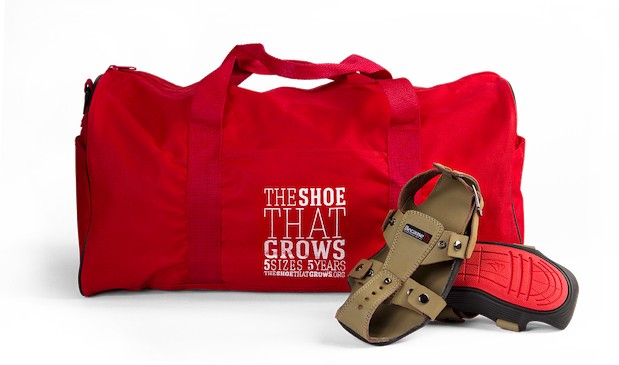
"Fill A Duffle"
So as well as making them light, Kenton’s shoes were also designed to be compact. This allowed them to come up with some cute ways to promote the shoes and distribute them to where they’re needed.
For example, the Shoes That Grow website has a section called “Fill a Duffle”. It shows a branded bag into which fit 50 pairs of shoes weighing less than 50 pounds. They invite donors to contribute to filling a bag that gets sent to one of their partner charities. But they also offer families, businesses and others the opportunity to personally take a bag to a destination they’re travelling to.
Another great example is the "Wear a Pair" campaign during April 2016. Volunteers are invited to wear a pair of the shoes all month, posting their experience on social media to raise funds and awareness.
Kenton’s organisation recognised that the more shoes they can fund and make, the more shoes will reach children’s feet. In other words, being a successful business allows them to help more children.
He set up a not-for-profit organisation called Because International to make and distribute The Shoe That Grows. Its motto is “Practical Compassion”, and they aren’t afraid to place as much emphasis on “Practical” as “Compassion”.
This includes embracing good practices from established businesses and startups. For example, they practise “lean” principles, and so are able to run with only a 3 person team; and they’ve successfully used crowdfunding and social media to grow their organisation.
Kenton gives a lot of the credit for this to his founding board member and best friend Andrew Kroes, who quit his corporate job to work full time at Because International. Kenton’s view is that “Andrew has re-vamped our business model and he is the engine who makes everything go.”
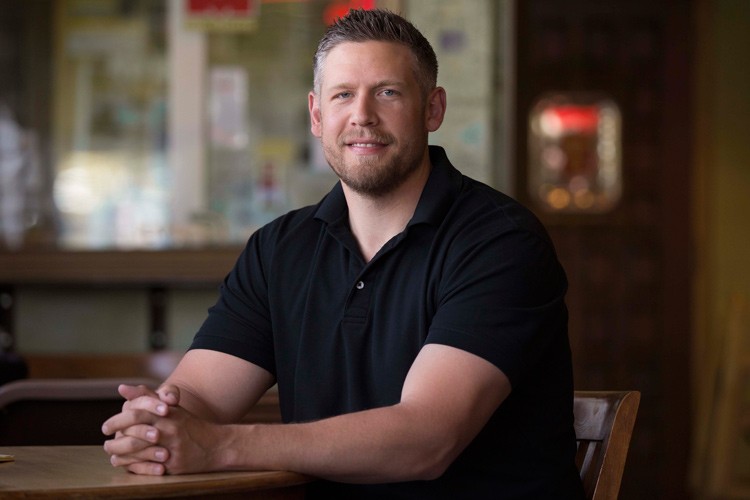
Andrew Kroes
Making a Real Difference to Children’s Lives
In the early days, the emphasis was on developing the shoe, raising enough money to make the first batches, getting support from others, and begging/borrowing space to store stock.
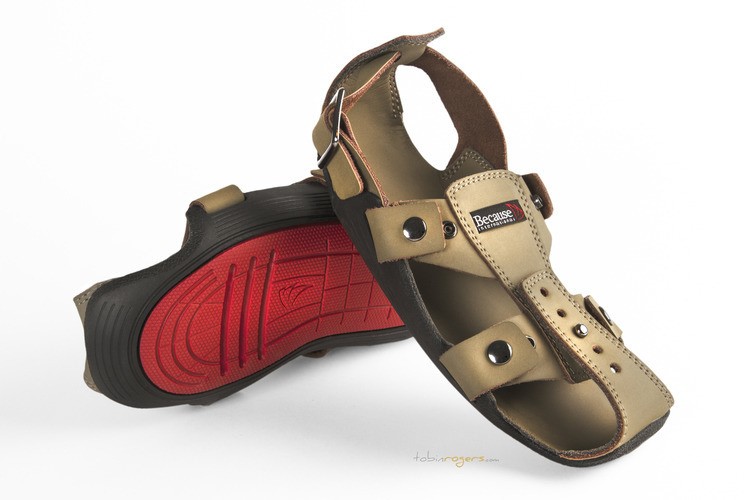
Their initial goal in 2011 was to make 2,000 pairs and distribute them free to the children of Nairobi. They then spent the next couple of years setting up Because International and preparing to repeat everything at larger scale and more sustainably.
Their goal at the start of 2015 was to take 5,000 pairs of shoes to a number of countries. Their effort was rewarded with what Kenton modestly makes sound like more luck - social media publicity.
In April, we accidentally went viral. On one Friday in April we had 2,000 emails and 400 phone calls from articles that came out on Buzzfeed, Huffington Post, Yahoo, Reddit, etc.
People connected with our innovative shoe AND with our message of practical compassion. It was an amazing Spring and Summer. And we continued the momentum throughout 2015.
By the end of 2015 they had got out over 30,000 pairs of Shoes That Grow to children in 25 countries over 5 continents, including Haiti, Kenya, India, Mexico and Uganda.
For 2016, the biggest priority apart from increasing numbers further still is to set up local manufacturing closer to where the Shoes That Grow are most needed. They have already started first steps towards production in East Africa.
But the really exciting plans are for what Because International is looking to do next, building on the learnings from the Shoe That Grows to solve new problems:
We want to listen to those living in extreme poverty to hear their thoughts, ideas, and dreams for how to make their daily lives better. And then we help turn those ideas into a reality.
People connected with our innovative shoe AND with our message of practical compassion. It was an amazing Spring and Summer. And we continued the momentum throughout 2015.
Their next project is in the design phase - the Better Bednet. Mosquito nets are crucial in many countries to prevent malaria or simply enable a good night's sleep. But they require a bed, and so can't be used by the countless children that sleep on floors, couches and streets.
We can't wait to see what they come up with for the Better Bednet, and what other problems they take on.
The Shoe That Grows is another inspirational example we’ve discovered of the fashion sector doing good. It’s a very different take on “sustainable fashion”, one which takes the concept back to a different set of basics.
Kenton’s story is also full of lessons and reminders across design, entrepreneurship, social change, innovation and sustainability. Three that particularly resonated with us are:
- The best ideas are often the simplest – but simple doesn’t mean easy
- Great design is about understanding user needs that go beyond the product.
- Doing good isn't inconsistent with professionalism or making money - it's about how you use the money, how you balance doing good with doing good business.
But our most important takeaway is that we can all take part in their work.
Sharing this article is one quick and easy way to spread the word. But we'd encourage everyone to spend a few minutes on the Shoes That Grow website, exploring the many options on how to be part of the next chapter of their journey.


